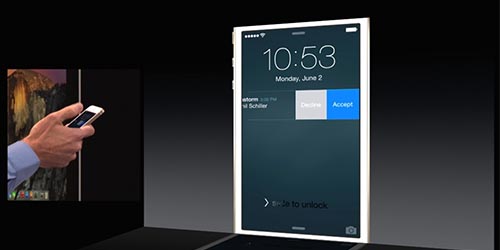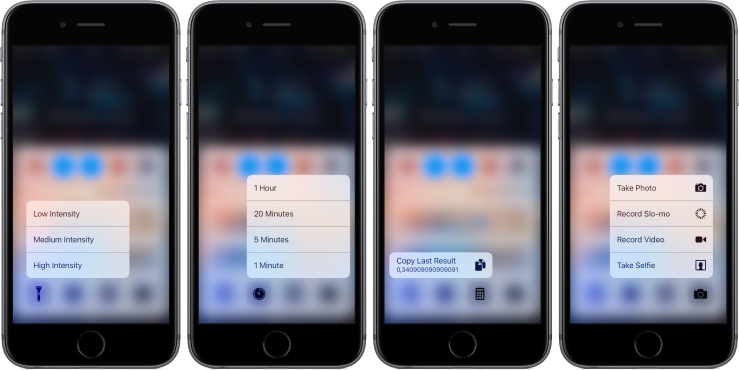![]() Call to action: join us at LevelUp Mobile on September 22nd in Leusden for a FREE inspirational evening on the future of Mobility and Devices.
Call to action: join us at LevelUp Mobile on September 22nd in Leusden for a FREE inspirational evening on the future of Mobility and Devices.
The mobile platform war has been raging for almost ten years now. For now, it seems that Google (Android) and Apple (iOS) have won. (link) Microsoft, though still pushing Windows 10 for mobile as well, has accepted this and started providing high quality mobile apps for both Android and iOS.
Apple and Google have invested a lot in making their platforms richer and richer to attract and retain users. Apple’s advantage of 100% vertical integration of software and hardware has allowed them to create experiences like Apple Pay, 3D-Touch and Touch-ID that are very appealing to users and developers alike. At the same time, both Apple and Google have been putting features into the OS and stock apps that are competing with 3rd party offerings in the App Store. Furthermore, users have come to expect the same experience they get from their OS from 3rd party apps. Though some platform features might seem alike between iOS, Android and Windows, the way they are implemented can vastly differ and require access to core platform API’s.
As a strong proponent of Xamarin, I’ve been working in the world of cross platform mobile app development for almost 6 years now. The reason we chose to go with Xamarin was – first of all – of course the ability to share code amongst platforms, but – equally important – full access to the native platform API’s and the ability to create 100% native experiences. Given the trend of ever innovating mobile platforms, this puts us at a huge advantage over cross platform solutions that go for the lowest common denominator, both in UI (the same UI across all platforms) and UX (most of the time just the common superficial feature set across platforms).
With iOS 10, Apple is showing us a trend where apps can be integrated even deeper in the core OS experience. Of course we already had widgets in Android, but what to think about interactive widgets in iOS’s Today view, enriched with Siri’s AI capabilities? Interactive notifications are becoming more popular. Where a notification used to be a way to alert the user and allow them to open the accompanying app by tapping on it, notifications are becoming a User Interface by themselves, allowing the user to deal with the app’s functionality right from the lock screen.




In general, user interaction with their mobile devices is becoming more and more streamlined, and to stay ahead as developers, we need to start thinking about these micro-interactions, these Mobile Moments, and offer the most efficient experience with our apps.
Mobile is not a neutral platform (link). The philosophy of web applications (built for browsers, available everywhere, with a consistent user experience everywhere) doesn’t apply here. We don’t build for the web, we build for the OS. Yay for native development! 🙂

I would argue: not anymore – at least not in the traditional sense where we have an icon sitting on the home screen that launches into an application that comes into the foreground and occupies the whole screen. It seems like the days of the mobile “app” are numbered and we have to start thinking about apps as a set of autonomous micro-interactions that work together with the OS and/or other apps.
Luckily for us, as developers, there are plenty of new API’s and frameworks that help us build these interactions and I think it will only become more exciting from a technical perspective to build mobile experiences.

On September 22nd, I’m joining Brechtje de Leij (mobile strategist and expert), Jorn de Vries of Flitsmeister fame, Johan Gorter & Rick Hoving from AFAS Software and the ever brilliant Laurent Bugnion to speak at a one-off inspiring event about the future of Mobile and Devices: LevelUp Mobile. Together with my colleague Geert, our talk is going to be about the exact topic of this blogpost and we’ll show some real life examples of how to implement these Mobile Moments using Xamarin.
If you have not registered yet, you can do it here: http://www.levelupmobile.nl! It’s free and it’s going to be fun!
To get more inspired, read Laurent’s teaser blog post about his upcoming talk: A world of devices.


